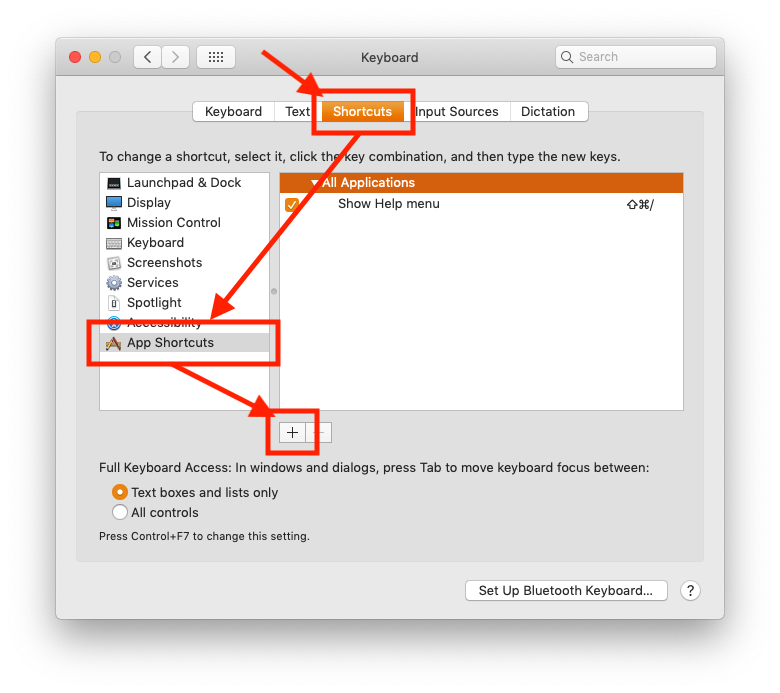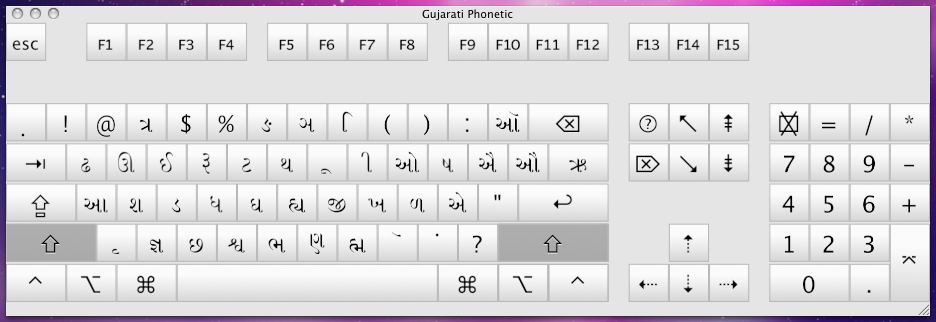

Things will get better as you improve, and before you know it you'll be more comfortable on Dvorak than you were on QWERTY. I had lots of problems with the l key initially, but it was because I simply wasn't used to it and the pressure of learning kept me tense. Initially your fingers will hurt after typing on Dvorak.It's been a long time and unfortunately I don't remember where I was practicing. DO practice every day with an online typing software.DO NOT switch back to QWERTY while you are initially learning Dvorak "so you can get something typed faster.".It's touch typing, stop looking! Moving the keys messes up the critical f/j hints and changes the keyboard feel, all to provide you with visual information you'll never use. DO NOT rearrange the keys on your keyboard.It makes all the difference in the world. Now I'm marginally faster than when I used QWERTY, but more than anything I've found that my hands no longer hurt at the end of a long day. It took 3 weeks to reach 50WPM, and for some reason I capped out there for like 2 months! I kept training, and about 3 months in I surpassed my original normalized efficiency (counts accuracy) from when I used QWERTY. Every day I spent 2-3 hours training for the keyboard. That was by far the best and most painful decision. I made a pact with myself: no QWERTY, at all, until my Dvorak typing reaches my current QWERTY abilities. I wasn't in school or work for a bit, so poor typing abilities wouldn't negatively affect my day-to-day activities. I started the change shortly into Christmas break 2.5 years ago.
#MAC OSX MICROSOFT KEYBOARD MAPPING MAC#
Adobe has since created a script for converting keyboard layouts from Mac to Windows format.I use Dvorak exclusively now, including all shortcuts. The source files are in Microsoft Keyboard Layout Creator format. Both layouts can be installed on a system simultaneously, and can be removed through the Control Panel. To install, unzip the downloaded file, and run the “setup.exe” program corresponding to the desired layout the installer will automatically add the layout to the input menu. The Windows On-Screen Keyboard also displays the available combinations. Extended layout, or Penn State’s page on the standard Mac layout, substituting the AltGr (right Alt) key for the Option key. keyboard.įor their use, see Penn State University for the U.S. Unlike the Windows layout, these do not change the basic U.S.

Extended provides more accents and places some characters in more logical positions, but the standard Mac layout provides access to a few mathematical symbols that some might find useful.
#MAC OSX MICROSOFT KEYBOARD MAPPING MAC OS#
Extended” keyboard layout introduced with Mac OS X. layout used on the Mac (also identical to the “Canadian English” keyboard layout), and the other replicates the “U.S. These keyboard layouts fix this situation: one duplicates the standard U.S.

Windows supplies an “International” layout with a limited range of accents, but using this layout makes the quotation mark and apostrophe keys unusable. Since the 1980s, Macintosh computers have included a keyboard layout that facilitates the typing of diacritics and other symbols through the use of the Option key.


 0 kommentar(er)
0 kommentar(er)
